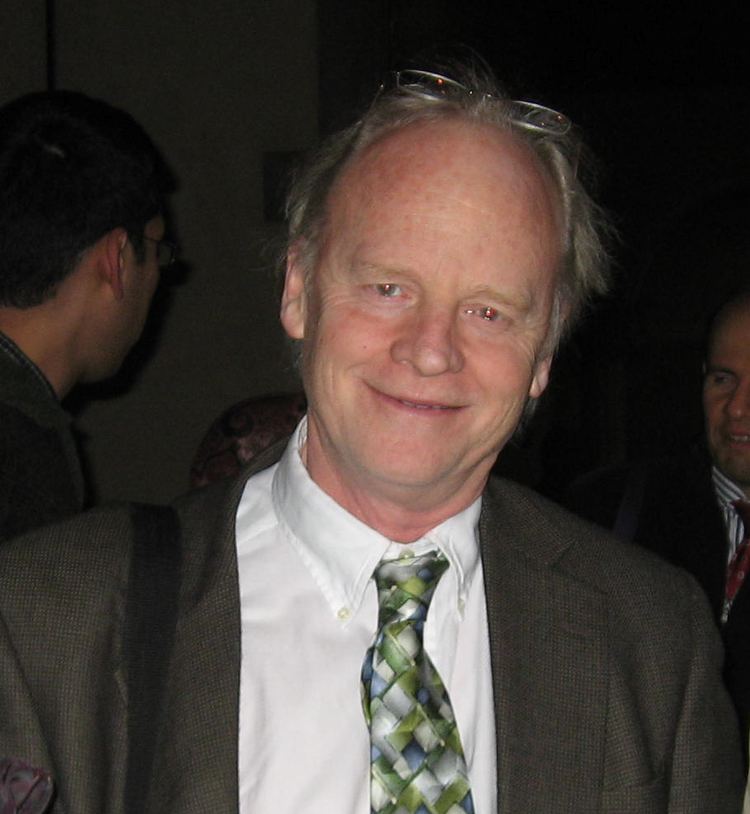Nationality Australian Name Paul Bottomley | Role Scientist | |
 | ||
Known for Magnetic resonance imaging | ||
Residence United States of America | ||
Paul Bottomley pioneered the development of magnetic resonance imaging (MRI) leading to modern commercial clinical 1.5 Tesla MRI scanners and techniques for localized magnetic resonance spectroscopy (MRS). Currently, he is Russel H. Morgan Professor of Radiology and Director of the Division of MR Research at Johns Hopkins University, with ~200 peer-reviewed journal articles, almost 50 U.S patents and is a Founder and past member of the Board of Directors of MRI Interventions, Inc MRI Interventions, formerly known as SurgiVision Inc.
Contents
Work
Born in Melbourne, Australia, Bottomley earned a BSc in Physics from Monash University in 1974. In 1975, he started a PhD in Physics at Nottingham University in one of the three original groups that began MRI. In Raymond Andrew’s group, alongside that of Peter Mansfield, they built the first MRI system producing radiographic-quality images of the human wrist (Nature), and performed the initial work on RF-field and power deposition in human MRI. Upon completing his PhD, he went to Johns Hopkins University in Baltimore in 1978 to adapt MRI for spatially localized MRS, using surface coils to demonstrate metabolite depletion and reversal in regional myocardial ischemia (Science).
In 1980, Paul joined the GE Research Center in Schenectady NY. They ordered the biggest magnet available – a 1.5 Tesla system – and built the first high-field whole-body MRI/MRS scanner, overcoming problems of coil design, RF penetration and signal-to-noise. The results translated into the highly successful 1.5 Tesla clinical MRI products of which there are well over 20,000 systems today, representing 60-70% of all systems. Paul did the first localized MRS in human heart and brain. After starting a collaboration on heart applications with Robert Weiss at Johns Hopkins, Paul returned to Johns Hopkins University in 1994, as Professor and Director of the MR Research Division. He works on the application of MRS to measure cardiac energy metabolism in the healthy and failing heart, and the development of interventional MRI technology. He has about 200 peer-reviewed papers with most-cited reviews of tissue relaxation in Medical Physics, and ~50 patents, including high-field MRI (>0.7 Tesla), spin-echo MRI, ‘crusher’ gradients, 'fat-saturation', '3D-slab' MRI, and 'point resolved spectroscopy' (PRESS), 2D spatially-selective pulses, MRI-safe implantable leads, and 'MRI endoscopy'. He is an ISMRM Fellow, 1989 Gold Medal recipient, a GE gold patent and Coolidge Fellowship awardee, and 2015 Gold Medal recipient of the American Roentgen-Ray Society.
